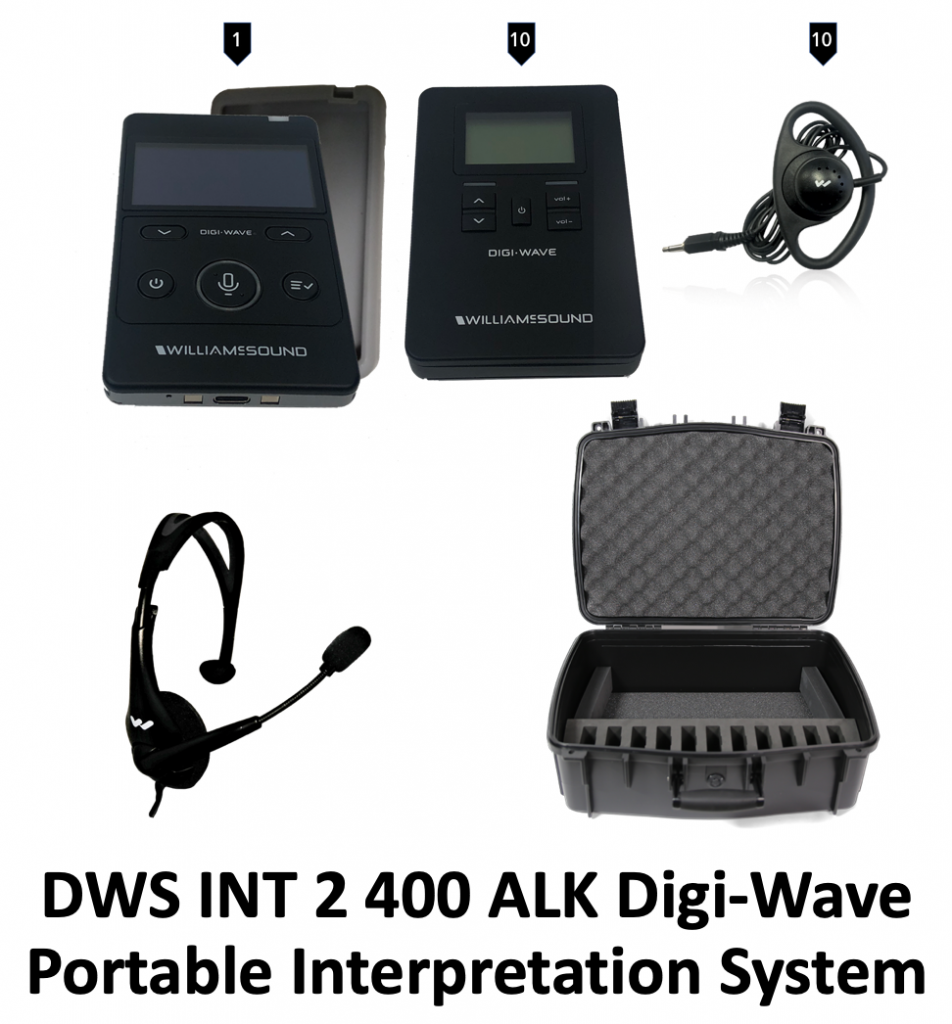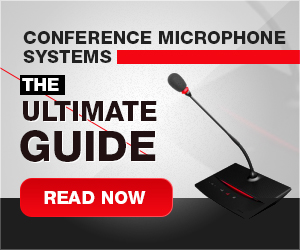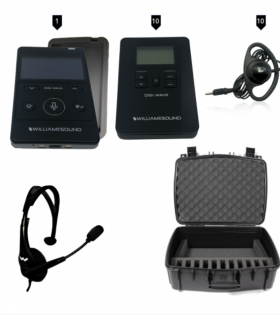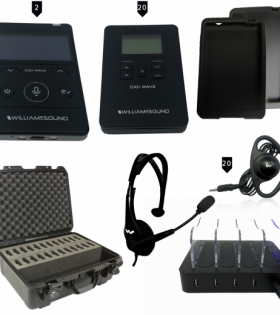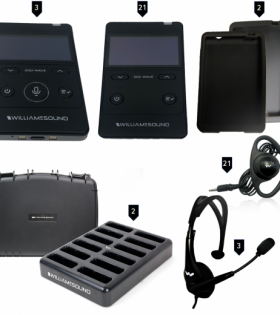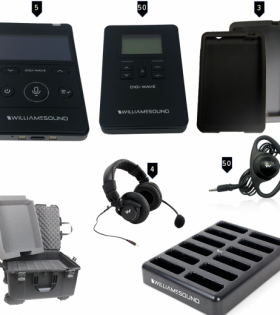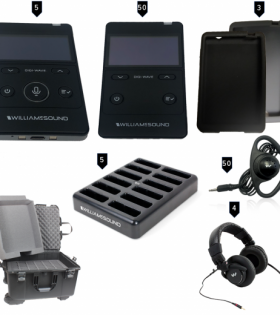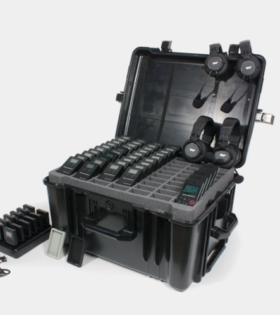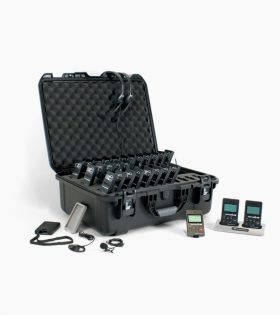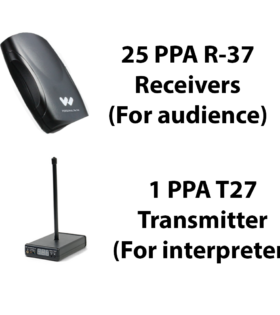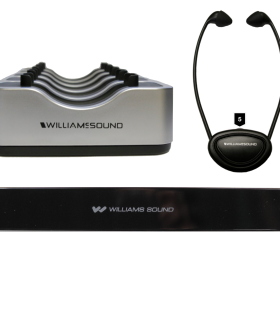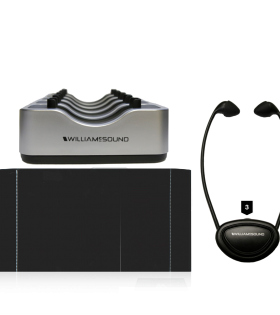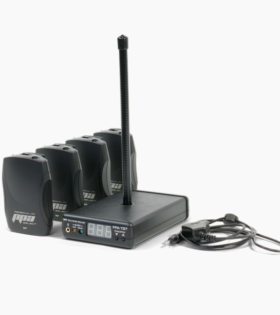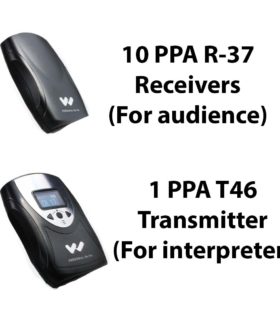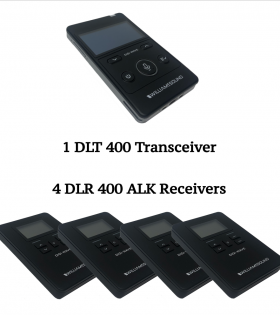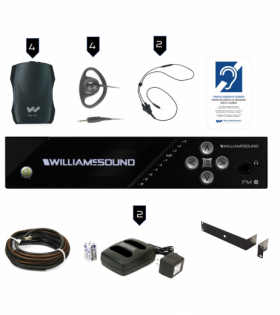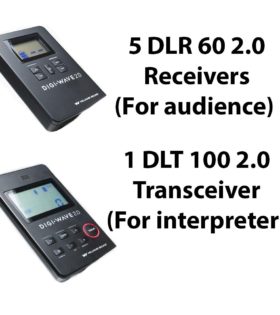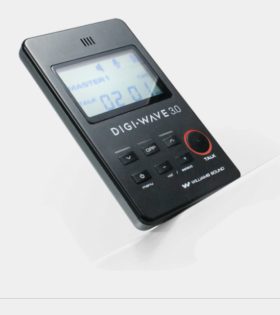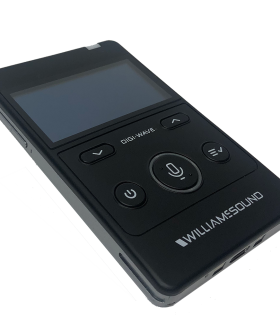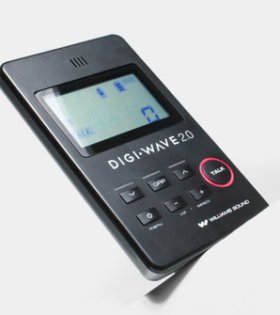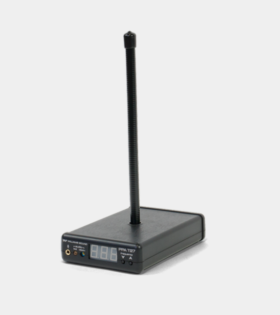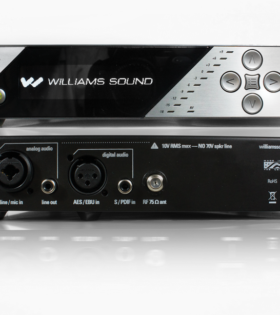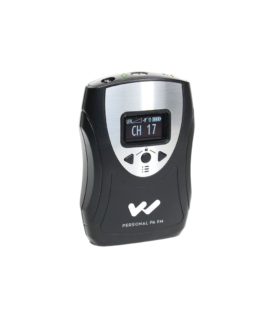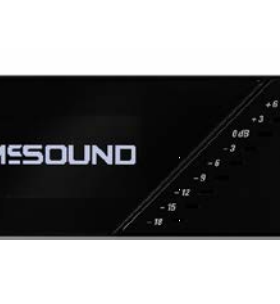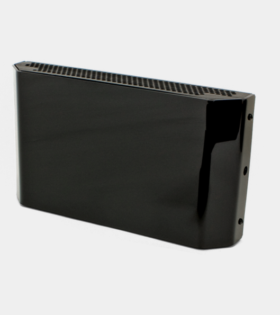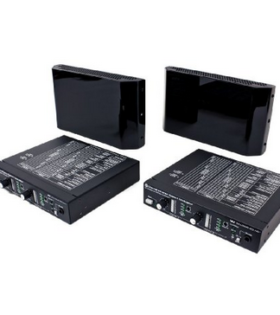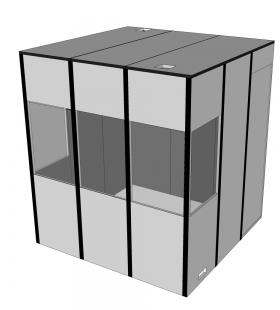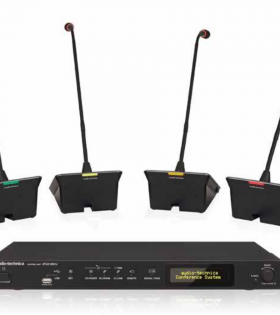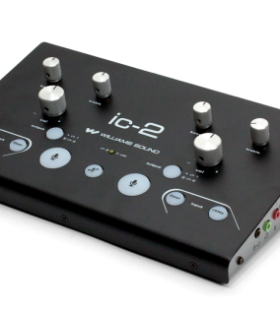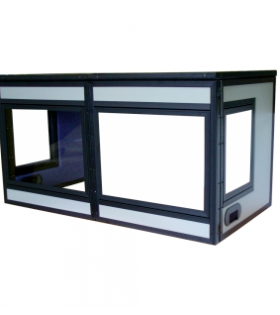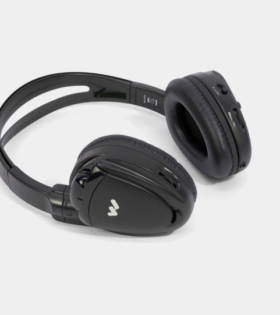Simultaneous Interpretation and Translation Equipment 101
Hello –
I have no idea how you got to this website.
Maybe a colleague referred you. Maybe you came from an online search. Or maybe you’re already a customer.
But I’ll bet someone has asked you to research buying language translation equipment for your office, church, school district, etc.
Two years ago, I was in your shoes. My boss in a previous job decided that we needed to buy translation equipment for some conferences that we were running, so she put me in charge of researching what to buy and who to buy it from.
I was nervous.
This was a big purchase and I wasn’t exactly an AV “genius” at the time. So I did what you’re probably doing right now. I fired up Google and started calling around. Everyone had their own systems they wanted to sell me, but it was hard to find out the pros and cons of each, and what was right for our needs.
I ended up wasting a lot of my own time, and the time of sales reps at other companies, who put together quotes for equipment that just wasn’t the right fit for our needs.
You see, translation/interpretation equipment isn’t “one-size-fits-all.”
It all boils down to getting the right gear for your audience, space, event, and budget.
If you’re not careful, you could end up paying for much more than you need, or buying a system that won’t work in your setting.
So that’s why I launched Translation Equipment HQ – to help my customers avoid the same mistakes I once made.
That’s why I put together this guide that has all the info I wish I’d had, all on a single page.
So whether you choose to buy from our company or not, I hope this resource saves you some time in your search and makes your life a bit easier.
If you ever have any questions, or want to develop a custom package (we also carry a lot of gear that’s not on the site yet), just drop me a line here or call Will or Craig at 877-817-0733.
Key Terms
Translation vs Interpretation: Translation generally means converting from one language to another, be it in oral or written form. Interpretation is a very specific type of translation that only deals with the spoken word, that happens on the spot, at a conference, meeting, worship service, and so on.
Consecutive Interpretation: Imagine you are in a meeting with some Japanese business associates. You speak a few sentences in English, then you stop and your interpreter repeats those sentences in Japanese so that your colleagues can understand.
This is what’s known as consecutive interpretation. The advantage of consecutive is that it no special equipment is required. The disadvantage is that it interrupts the natural flow and back and forth of the event.
Simultaneous Interpretation: Imagine you are in a conference and the speaker is talking in French. Using a special set of headphones, you and other audience members are able to listen to a feed of an interpreter who is listening to the French being spoken (this is known as the floor language) and interpreting it into English. This has the advantage of not interrupting the flow of speech, but it requires a specialized set of equipment and a highly skilled interpreter (or pair of interpreters).
Floor Language: This is the language that your presenter or main speaker is talking in. The language that is being translated into is called the “target language” or “translation feed.” There can be more than one target language depending on the complexity of your setup.
How Simultaneous Interpretation Works

Floor feed is broadcast to interpreter
Step 1: The speaker of the floor language talks into a microphone (this is called the floor mic or the floor feed).

Interpreter speaks into microphone from a soundproof booth
Step 2: The floor feed is broadcast (usually wirelessly) to the interpreter, who listens through headphones in a separate location – this is usually in a soundproof booth at the back of the room, or sometimes in a separate room.
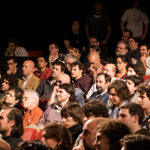
Audience listens to interpretation feed via headphones
Step 3: The interpreter listens to the floor feed and simultaneously speaks into a microphone, which is broadcast wirelessly to the audience, who wear specialized headphones so they can hear the proceedings in their native language.
System Types and the Pros and Cons of Each
Infrared Systems
Using the same technology as your TV remote control, infrared interpretation systems transmit the translation feed to the audience using invisible pulses of light.
Members of the audience listen to the audio feed in their native language using specialized multi-channel receivers with headphones.
Some key points about Infrared systems:
- Infrared signals require a clear line of sight to the audience
- Emitters must typically be installed above the audience level and cannot be covered with curtains, drapes, etc
- For larger facilities, several infrared emitters can be used in sequence to increase the range
- Infrared systems are immune to radio interference but sensitive to light interference (eg from very bright or flashing lights)
Medium Range Handheld Digital Systems
FM interpretation systems use radio waves to send the translation feed to the audience. Members of the audience use multi-channel receivers equipped with headphones so they can listen to the speaker in their native language.
Some key points about these systems:
- The short and medium range systems are light and portable, so you can easily throw the right number of receivers into a suitcase to transport to your next event.
- Transmitters and receivers are sleek and discreet, and won’t interfere with movement – perfect for tour guide or other on-the-go situations
- The multi-channel configuration allows you to easily customize your system to support multiple languages at the same time
- More advanced DigiWave systems from Williams Sound feature interference-cancelling and encryption technology, so that your audio comes through clearly (and privately)
- Their smaller size means that short and medium-range FM systems will have a more limited range (around 250 feet)
- FM signals penetrate walls, and other obstacles so do not require a clear line of sight
- FM systems are immune to light interference so are perfect for both indoor and outdoor use
Longer Range Portable FM Systems
If you have a larger area to cover, then you’ll need more powerful FM translation equipment. These systems can broadcast the translation feed over distances exceeding 1000 feet. But the added power means that the machines are less portable. They are certainly portable, but just require a bit more in terms of set-up and take-down.
- The more powerful FM systems are better at canceling out radio interference and offer very high sound quality
- Longer-range FM systems are more component-based meaning they are more flexible and customizable
- Like all FM systems, they are immune from light interference
- Most cost-effective for larger groups
- These systems tend to be portable (you can take them from venue to venue) but not mobile while you are using them (speakers and audience members cannot get too far from the transmitters, which are usually fixed)
5 Questions to Ask Yourself Before You Buy Interpretation Gear
Other Helpful Resources
Williams Sound: One of the premier U.S. manufacturers of professional language, assisted listening and other audio equipment. Their site contains a huge assortment of product manuals, how to videos and more.
Interpretation Equipment on Ebay: If we don’t have what you’re looking for your first step should be to contact us directly. Chances are we can get it for you on special order. But if it’s a piece of equipment that’s out of stock or no longer being manufactured, I’d recommend checking out the listings on Ebay to see if you can find it there.
Language Interpretation on Wikipedia: For a comprehensive overview about live language interpretation, information on new and emerging technologies, and other useful background information, see this article on Wikipedia.
Conference Microphone Systems: The Ultimate Guide: Our primer on push-to-talk microphones for around the table conference settings. Includes key questions to ask yourself, equipment options and more.
Other Questions?
Finally, if you have any questions, if you are looking for a product you don’t see listed here, or if you want to discuss putting together a custom package for your business, please don’t hesitate to call or email.
Contact Will or Craig at (877) 817 0733 or will.ward@translationequipmenthq.com
By Will Ward
 Hi – I’m Will and I started this company to help you find the best simultaneous translation / interpretation equipment for your organization.
Hi – I’m Will and I started this company to help you find the best simultaneous translation / interpretation equipment for your organization.
If you need a sales quote, are looking for an audio product you don’t see on the site, or have any other questions just drop me a line.
I usually respond within 30 minutes during business hours (EST).
Call: (877) 817 0733
Or email:
will.ward@translationequipmenthq.com
Note: All equipment we sell is for interpretation using a LIVE human interpreter/translator. There is nothing that I know of that exists now that is able to produce a good quality audio translation without a human interpreter.


